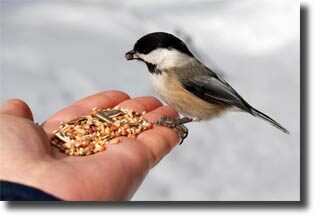
Have you ever wondered how to optimally store seeds for the melange of wild birds you admire in your garden? If so, you’re in the right place. In this blog, we offer a comprehensive guide to bird seed storage, primarily focused on accommodating the needs of various bird species.
Understanding Bird Seed Storage For Different Types of Birds
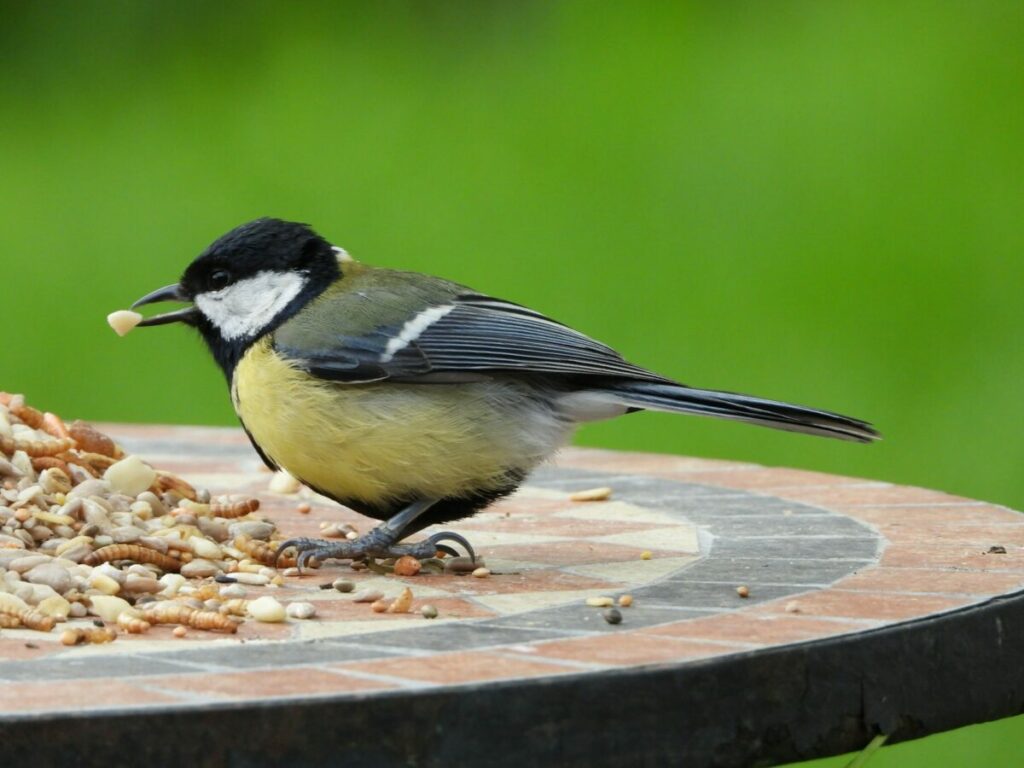
Storing bird seeds isn’t merely about having a place to keep them. It’s about ensuring the freshness of the seeds, preventing health hazards like molds and keeping harmful critters at bay. Plus, the type of feeder you use matters too. Since different feeders are designed for diverse birds, you would need to choose the one best suited to the birds you wish to attract.
Matters of Taste: Feed Preferences and Storage Methods
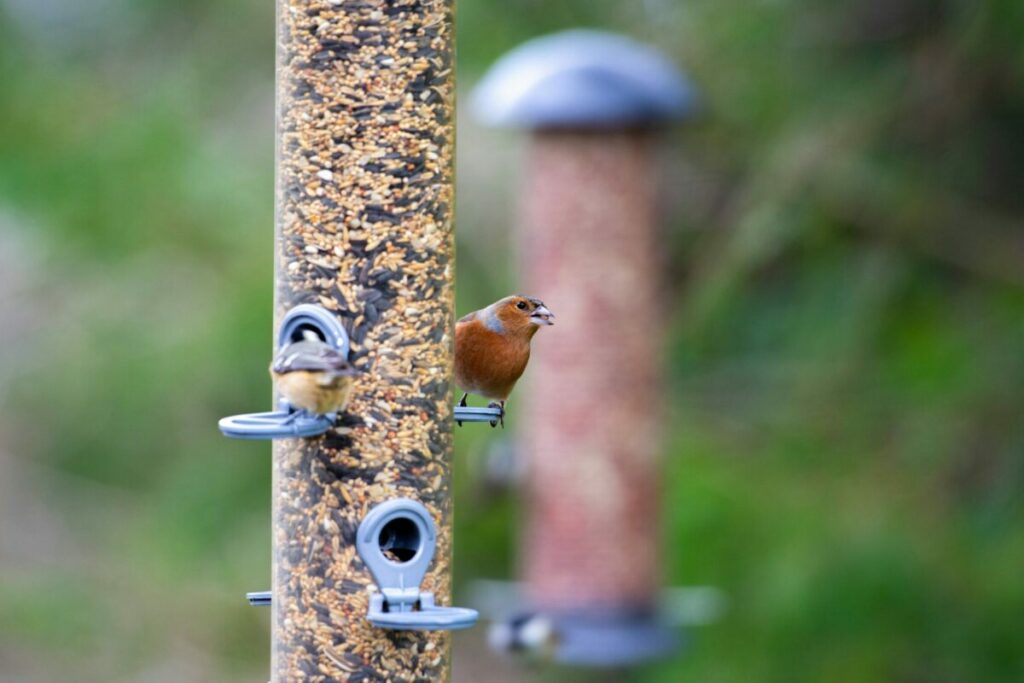
Let’s take a peek at various types of birds and their feed preferences.
Robins and Bluebirds
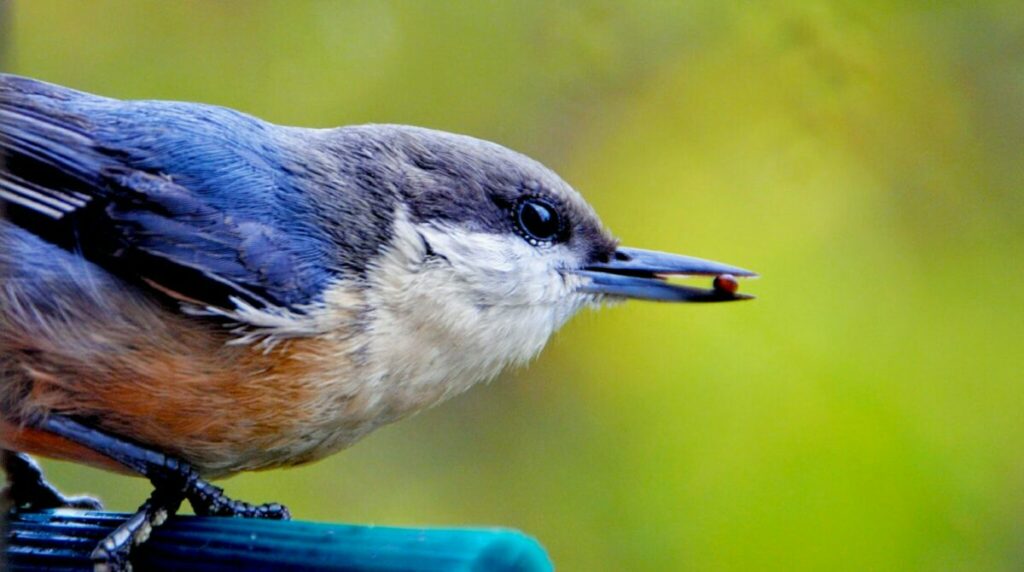
These winged folks share a taste for suet, berries, nuts, raisins, and breads. Their food doesn’t call for a specialized container. However, be mindful that the container isn’t deep as it could harbor harmful elements such as wet molds and predators, if the feed rests at the bottom. A wide, shallow container would do the job here. Rotate the food daily, keeping the container clean and the food fresh. If fresh fruits aren’t an option, dry fruits without any added sugars or artificial sweeteners form a fitting alternative.
Blue Jays
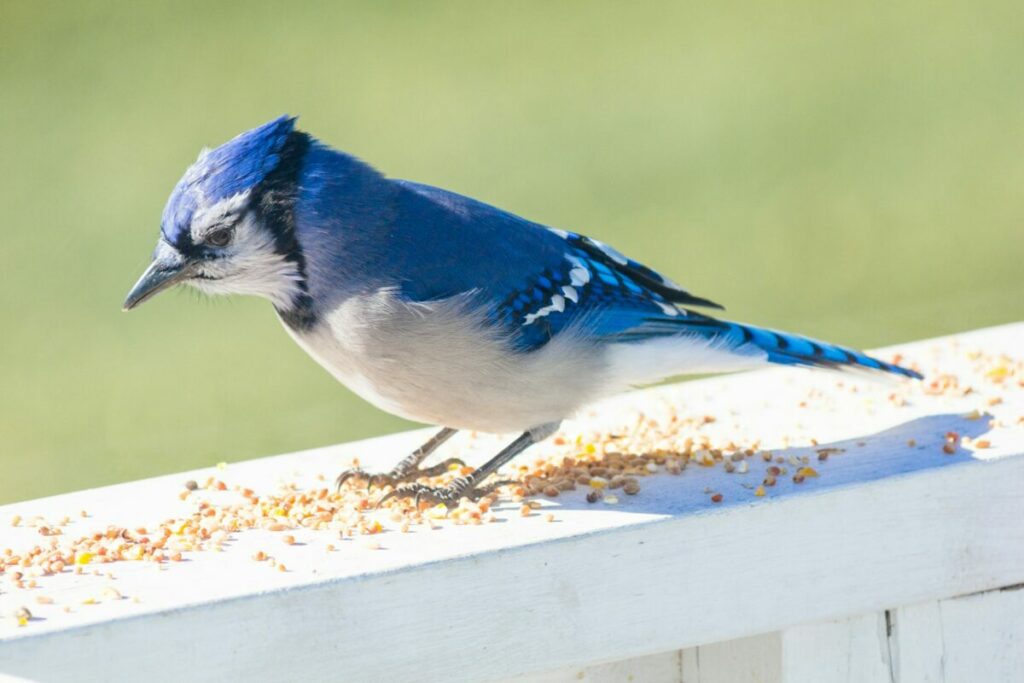
Blue Jays are a fan of sunflower seeds, dried corn, and breads. They don’t just have a preferred diet but a preferred dining spot as well. They are territorial birds and like having their food exclusive. To cater to their preferences, position the wide, shallow feeding containers high up in the trees, closer to their nesting spots. This positioning also decreases the chances of food fights between them and other bird species.
Humming Birds
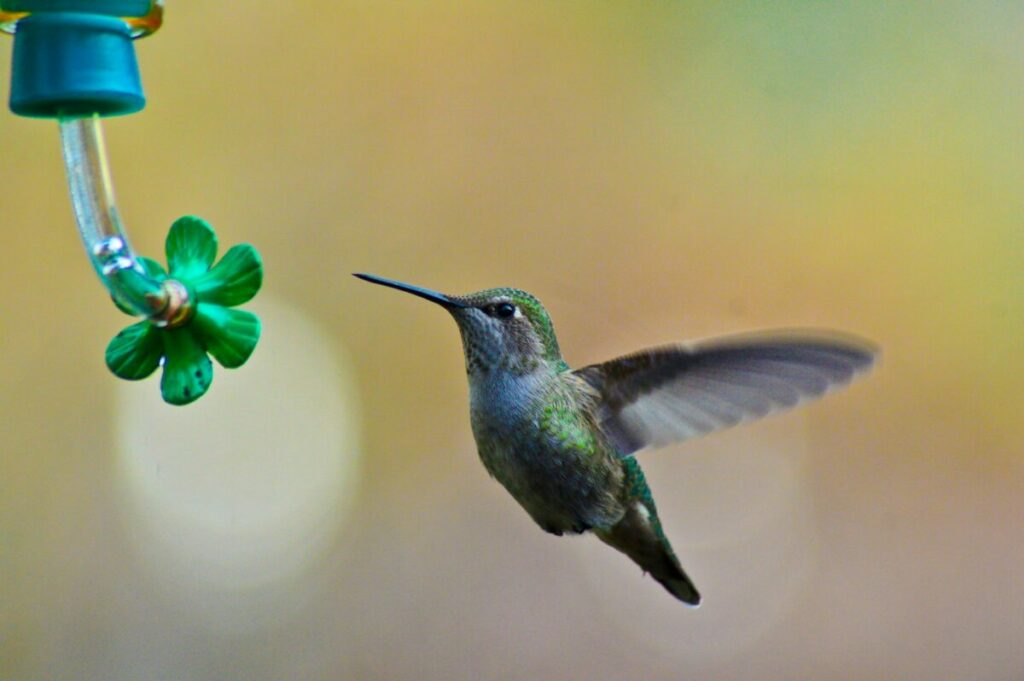
Hummingbirds, with their preference for a mix of nectar and water, are a favorite among bird enthusiasts. Bottle-shaped feeders with holes in the sides allow them to sip this sweet mixture. Generally, the red-colored prepared nectar attracts them. Home-made nectar can also do the trick. For this, boil one part sugar with one part water, let it cool, and voila, your nectar is ready! The key here is that even if the nectar is clear, a red-colored feeder would suffice to attract these birds.
Pigeons and Doves
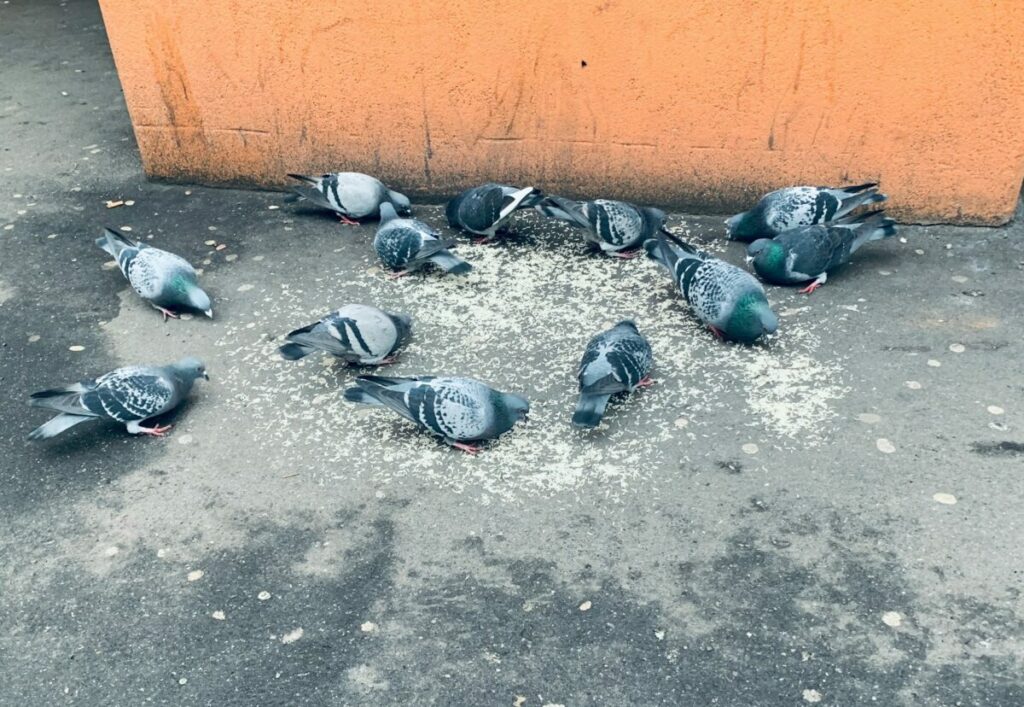
These bird species enjoy sunflower seeds, breads and a mix of nuts. But be cautious, overfeeding them can lead to overpopulation and cleanliness issues. A small container with a modest amount of feed will help manage this.
In conclusion, effective Bird Seed Storage For Different Types Of Birds isn’t just about the seeds, but also about the containers and the birds’ behaviors and preferences. Keep these factors in mind, and you’ll have a thriving, happy winged society in your garden.